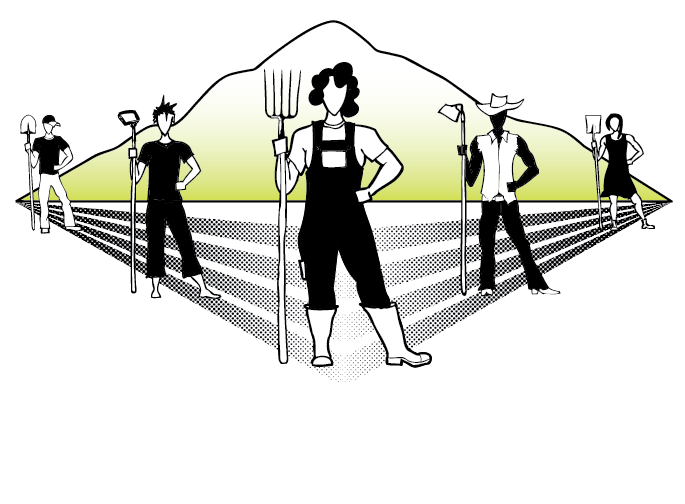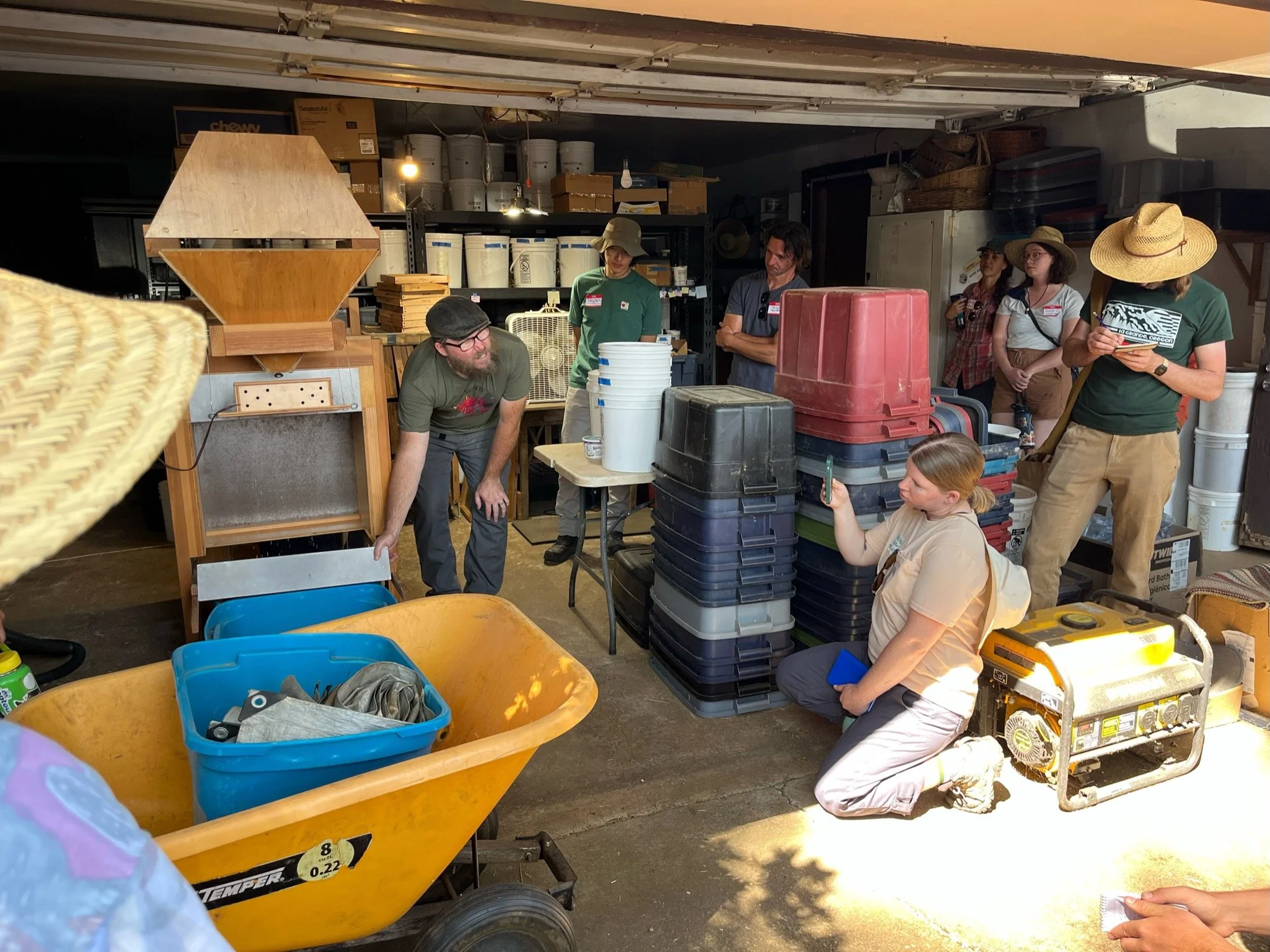Joint purchasing
One low-threshold way farmers often work together is through joint purchasing of farm inputs. This can be a particularly appealing form of collaboration for small-scale farms, who don’t purchase enough quantity themselves to benefit from lower bulk prices. They also might not have the infrastructure in place to receive and store such quantities of inputs. By joining forces with other farmers, farms can benefit from lower prices, more efficient fuel usage, and perhaps even collaborate to access better storage infrastructure.
Joint purchasing can be as informal as several farms creating a group text thread and coordinating how many bags of, say, fertilizer they all need, and designating someone to make the purchase on behalf of the group.
On the other end of the spectrum, large-scale, formalized joint purchasing ventures can be organized as purchasing cooperatives. Organizing a purchasing cooperative is a much more involved process, but can come with more benefits for its members. By formally incorporating as a cooperative, farmers can receive potential tax benefits and achieve even larger economies of scale.
-
A Guide for the Development of Purchasing Cooperatives | via USDA
Purchasing Co-ops | via NBCA
Seven Cooperative Purchasing Strategies for Small Farms that Boost Profitability | via Farm Stand App

